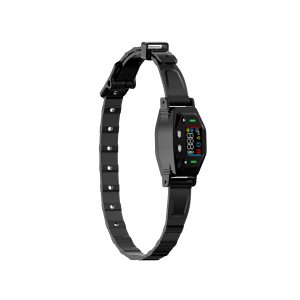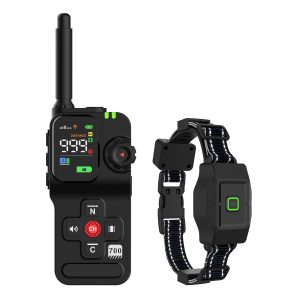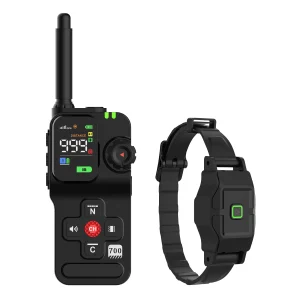Do Bark Control Collars Hurt Dogs? Unveiling the Truth
In the world of dog training, bark control collars have sparked debates about their effectiveness and impact on our beloved furry friends. As owners, it’s essential to understand the nuances of these devices to make informed decisions regarding our pets’ well-being.
The Controversy Surrounding Bark Control Collars
While some swear by the efficacy of bark control collars in curbing excessive barking, others raise concerns about the potential harm they might cause to dogs. The key lies in understanding how these collars work and the various types available in the market.
Types of Bark Control Collars
There are mainly three types of bark control collars: ultrasonic, vibration, and static (shock) collars. Ultrasonic collars emit high-pitched sounds, vibration collars provide a gentle vibration, and static collars deliver a mild electric shock.
The Impact on Dog’s Well-being
Proponents argue that when used correctly, bark control collars can be effective tools in training dogs. However, opponents emphasize the potential negative consequences, including stress, fear, and even physical harm.
Training Alternatives
For those concerned about the use of bark control collars, alternative training methods such as positive reinforcement, desensitization, and counterconditioning can be valuable tools in addressing excessive barking in dogs. These methods focus on shaping desired behaviors through positive interactions rather than aversive techniques.
Conclusion
While the debate on bark control collars continues, it’s crucial for dog owners to weigh the pros and cons carefully. Understanding your pet’s temperament and consulting with a professional trainer can help you make the best decision for your furry companion’s well-being.
Remember, the health and happiness of our beloved pets should always be our top priority.




